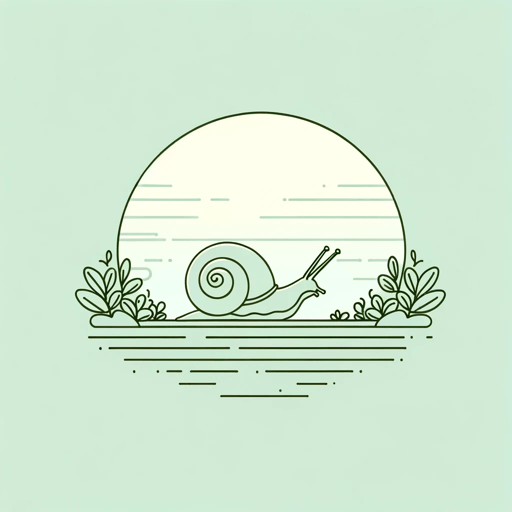30 pages • 1 hour read
Virginia WoolfKew Gardens
Fiction | Short Story | Adult | Published in 1919A modern alternative to SparkNotes and CliffsNotes, SuperSummary offers high-quality Study Guides with detailed chapter summaries and analysis of major themes, characters, and more.
Summary and Study Guide
Summary: “Kew Gardens”
“Kew Gardens” is a short story by British author Virginia Woolf, published privately in 1919 before appearing in Monday or Tuesday, Woolf’s 1921 collection of short stories. The story explores themes such as Moments of Being, The Connection Between Humanity and Nature, and Interpersonal Conflict.
This guide refers to the version of “Kew Gardens” available in Project Gutenberg’s online edition of Monday or Tuesday.
The story follows four pairs of people as they wander Kew Gardens, a real-life botanical garden in London, on a July day. Their conversations are intercut with descriptions of the garden’s plants and animals, including a snail that is referred to repeatedly. The story uses a third-person omniscient point of view that shifts focus between different characters and areas within the garden.
The story begins by describing a flowerbed in the garden. Dew on the flowers refracts light, and the colors are distributed into the surrounding space “into the eyes of the men and women who walk in Kew Gardens” (84). For most of the story, the setting remains near this flowerbed as the narrator describes the people who pass it.
The narration shifts focus to the first pair of human characters: a married couple named Simon and Eleanor, who walk through the garden with their children. Simon walks slightly ahead of his wife and reflects silently. He reminisces on a memory from 15 years earlier when he proposed to a girl named Lily at Kew Gardens and was rejected. While he waited for Lily’s response to his proposal, he focused on two objects: a dragonfly and a buckle on Lily’s shoe. Simon associated the dragonfly with his love for Lily, believing that if it settled on a leaf, Lily would accept. However, when he noticed the impatient movement of Lily’s shoe, he knew that she would turn him down. After reflecting silently on these memories, Simon asks Eleanor if she ever thinks about the past. He shares his memory of Lily, and Eleanor shares a memory of her own, in which an old woman kissed Eleanor on the back of the neck during a childhood art class.
Simon, Eleanor, and their children continue walking, and the narration shifts to a nearby snail. The snail “has been stained red, blue, and yellow” by the refracted light mentioned at the beginning of the story (87). There is a detailed description of the snail’s surroundings as he moves gradually along the ground. The narration situates itself alongside the perspective of the snail. The snail comes across a dead leaf in his path; he debates whether to crawl above it or under it.
The second pair of characters walk past the snail: a younger man named William and an unnamed older man who has a “curiously uneven and shaky method of walking” (89). The older man explains a machine that widows can use to contact the spirits of the dead. Suddenly, the older man fixates on a woman’s dress and begins walking toward her. Williams stops him, and the older man begins reflecting on the time he spent in Uruguay as a young man.
The narration shifts to the third pair of characters: two women walking behind William and an older man. They are described as “two elderly women of the lower middle class, one stout and ponderous, the other rosy cheeked and nimble” (91). The two women silently judge the old man and contemplate whether his movements are “merely eccentric or genuinely mad” (91). After the women continue their conversation, the “ponderous woman” fixates on nearby flowers. She stops walking and listening to her companion to focus on the flowers.
The story now returns to the snail, who is still considering the best way to pass the dead leaf. He weighs his options, assessing the texture of the leaf. As he decides to crawl under it, the final pair of humans walks by.
The fourth pair of characters is a young couple. They chat together in “toneless and monotonous voices” (94) about the price of entering Kew Gardens. As they put a parasol in the shade, their hands touch. The couple silently considers the deep expression of emotion imbued in their seemingly simple conversation and action. The young man imagines himself and the young woman (named Trissie) getting tea at the garden café. Excited by this prospect, he insists that he and Trissie find someplace to have tea. Trissie consents, but she looks around longingly at the surrounding garden and wishes to linger.
Couples continue to pass by the flowerbed. As they do so, their bodies are “enveloped in layer after layer” of the colorful refracted light until they seem to dissolve (96). Butterflies gather, forming a “column” in the air, and an airplane flies overhead. As the heat of the day intensifies, the visitors disappear into the shade, but their voices can still be heard. Their voices mingle with the sounds of motor omnibuses from the city as the flowers continue to flash “their colours into the air” (97-98).
Related Titles
By Virginia Woolf

A Haunted House and Other Short Stories
Virginia Woolf

A Room of One's Own
Virginia Woolf

Between The Acts
Virginia Woolf

How Should One Read a Book?
Virginia Woolf

Jacob's Room
Virginia Woolf
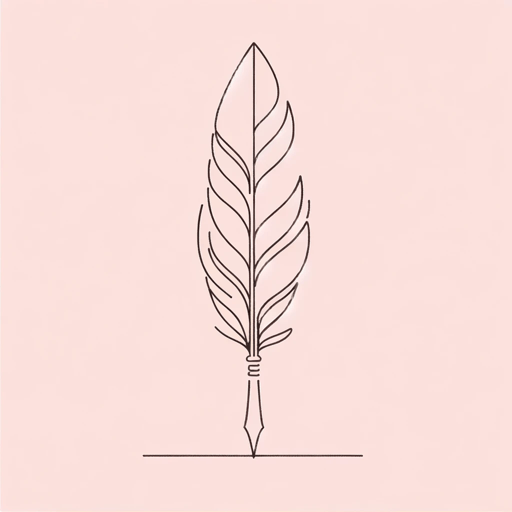
Modern Fiction
Virginia Woolf

Moments of Being
Virginia Woolf
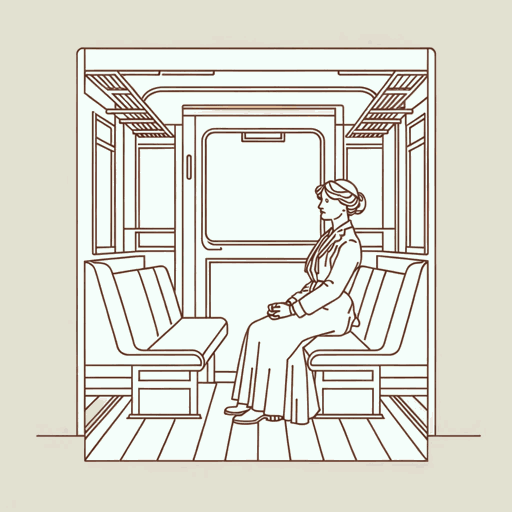
Mr. Bennett and Mrs. Brown
Virginia Woolf
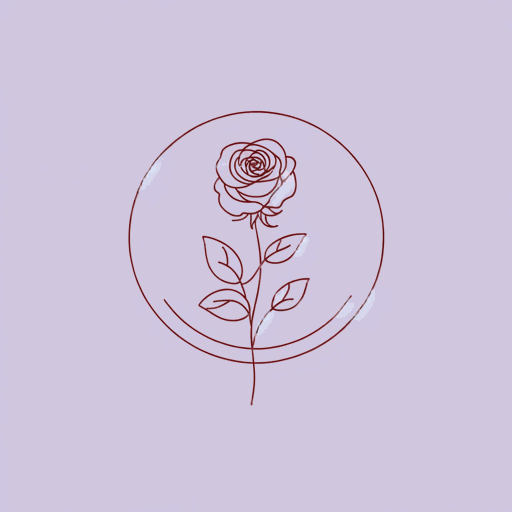
Mrs. Dalloway
Virginia Woolf
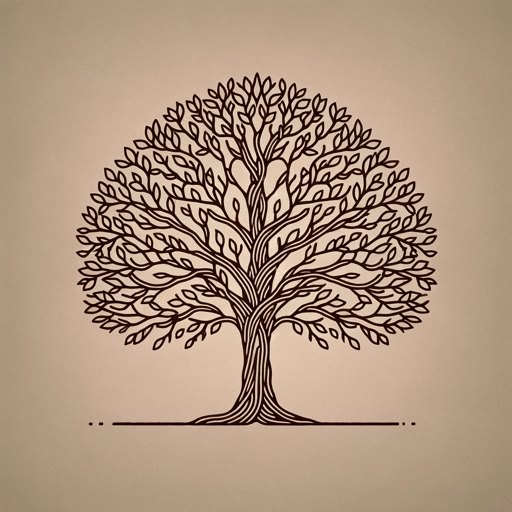
Orlando
Virginia Woolf
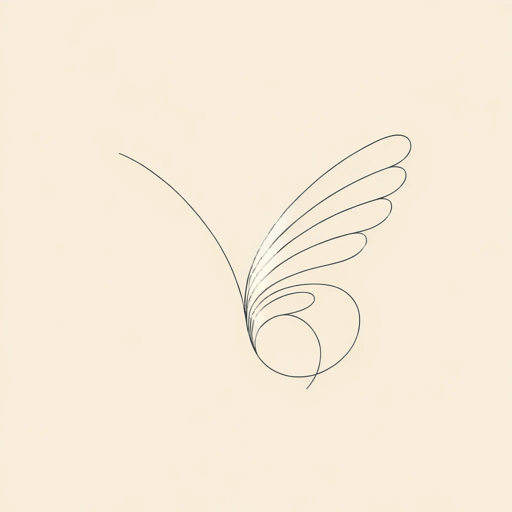
The Death of the Moth
Virginia Woolf
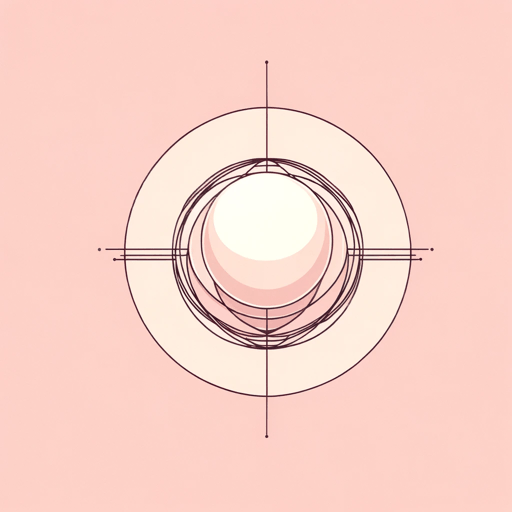
The Duchess and the Jeweller
Virginia Woolf
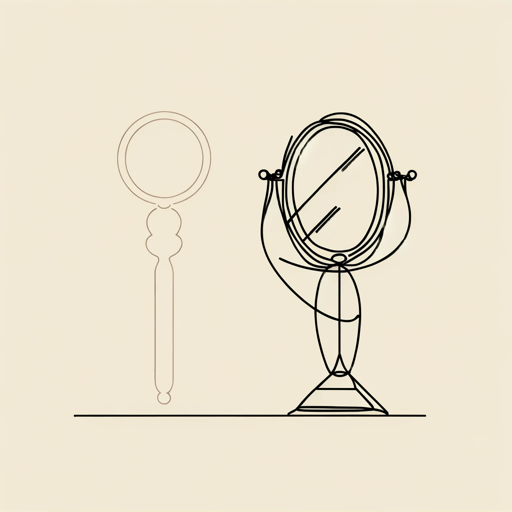
The Lady in the Looking Glass
Virginia Woolf
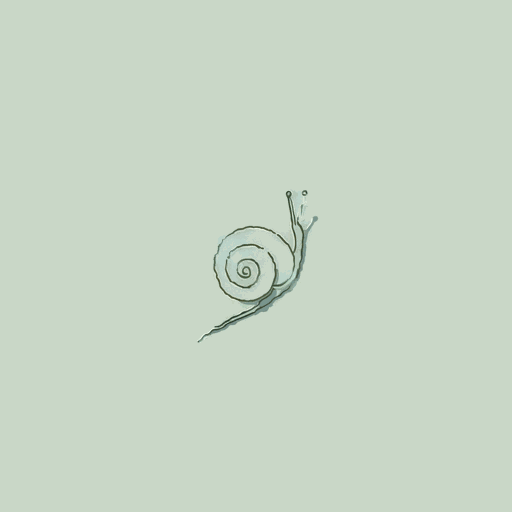
The Mark on the Wall
Virginia Woolf
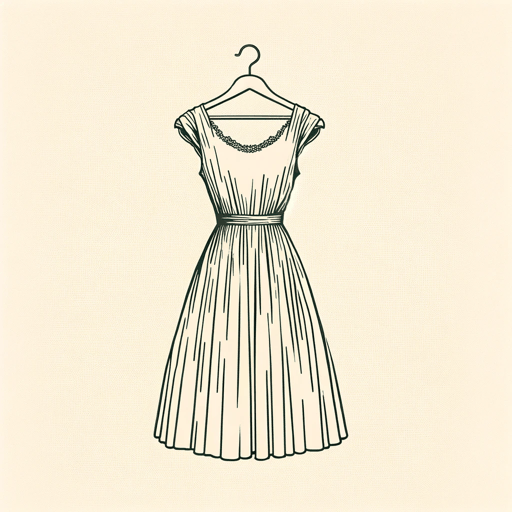
The New Dress
Virginia Woolf

The Voyage Out
Virginia Woolf

The Waves
Virginia Woolf
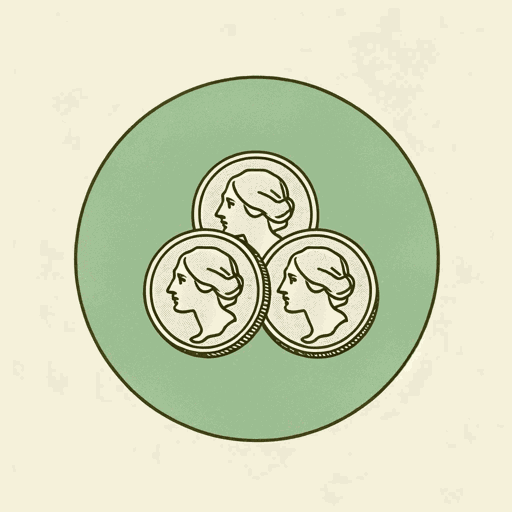
Three Guineas
Virginia Woolf

To the Lighthouse
Virginia Woolf
